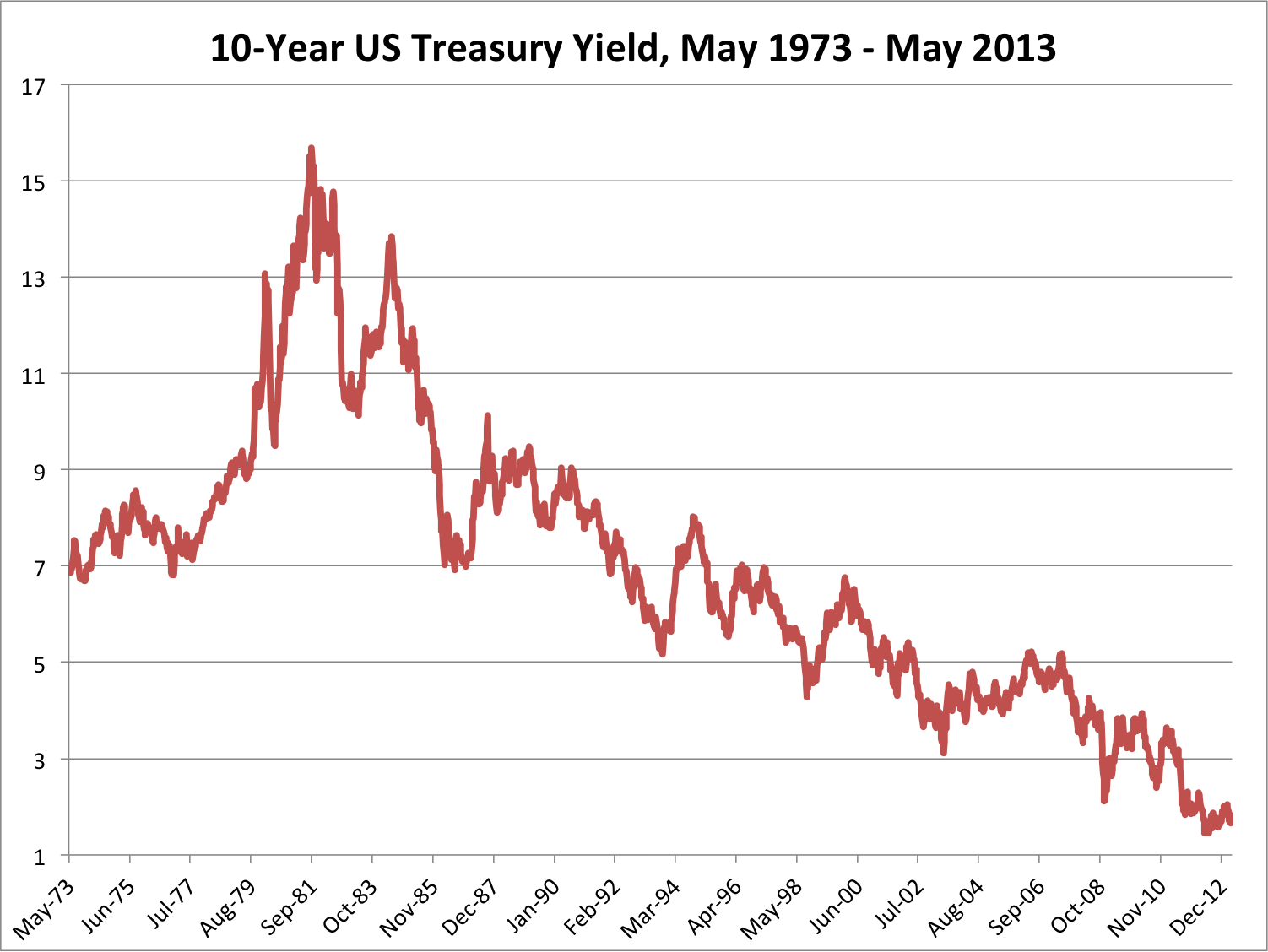Week ahead: Tame inflation to give central banks room to act
Let’s review why global stocks have been marching higher since the mid-November, in order of importance:
- Central banks are aggressively goosing economies with lots of money
- Scary stuff abated (Europe not crashing, geopolitics relatively muted from market perspective)
- Companies are still making money, since they don’t have to add workers or increase wages
With inflation data due and a number of Fed officials speaking this week, reason #1 -- central bank action – will be in the spotlight for investors. The most recent example of central bank power is Japan. On April 4th, the Bank of Japan rolled out its on version of bond buying (QE or “Quantitative Easing”) to boost an economy that has been stagnant for nearly two decades. Japanese stocks were on tear before the announcement (up 40 percent since mid-November), but since the new plan was hatched, the Nikkei 225 has soared another 20 percent to the highest level since January 2008.
The new Japanese policy has also impacted currencies. The value of the Yen has sunk 16 percent compared to the US Dollar, which has bolstered Japanese exporters. Now, Japanese goods can be produced at lower prices for global markets and there should be increased domestic demand for local goods, which will be cheaper compared to US imports.
In addition to Japan and US central bank actions, rate cuts for Europe, Australia, Denmark, India, South Korea and Poland all tell the same story: the global economy needs helps and the Fed and its international counterparts have showed a continued willingness to stimulate growth because there is little evidence of inflation. As of March, average inflation in advanced economies dropped to its lowest level since mid-2010, at just 1.6 percent, according to Capital Economics. This benign inflation outlook provides central banks with ample time to continue their actions for the foreseeable future.
Whether or not the central bank policies will improve global economic growth, it’s clear that the actions have pushed stock markets higher. Loose monetary policy has rendered cash worthless and made bonds vulnerable in the longer term. As Fed officials speak this week, investors will be interested in how they plan to unwind their “cash is trash” policy. When they do, the 30-year bond bull market may finally come to an end and this chart will finally have an upward slope.
Markets: The Dow and the S&P 500 finished at record levels, while the NASDAQ settled at its highest level since November 2000. The strength of the rally has been persistent: the Dow has not had a losing streak of 3 consecutive days this year — longest such streak since 1958.
- DJIA: 15,118, up 1% on week, up 15.4% on year
- S&P 500: 1633, up 1.2% on week, up 14.6% on year
- NASDAQ: 3436, up 1.7% on week, up 13.8% on year
- June Crude Oil: $96.04, up 4.5% on week
- June Gold: $1436.6, down 1.9% on week
- AAA Nat'l average price for gallon of regular Gas: $3.58
THE WEEK AHEAD: Retail sales are likely to drop, due to a decline in gas prices and auto sales. Meanwhile, retailers will check in with corporate earnings. With 90 percent of S&P 500 earnings in the can, profits are up 5 percent from a year ago, but revenues are only ahead by 1.3 percent.
Mon 5/13:
8:30 Retail Sales
10:00 Business Inventories
Tues 5/14:
8:30 Import/Export Prices
Weds 5/15:
Macy’s
8:30 Producer Price Index
9:15 Industrial Production
10:00 Housing Market Index
Thurs 5/16:
JC Penney, Kohl’s, Nordstrom, Wal-Mart
8:30 Weekly Claims
8:30 Consumer Price Index
8:30 Housing Starts
10:00 Philadelphia Fed Survey
Fri 5/17:
9:55 Consumer Sentiment
10:00 Leading Indicators


